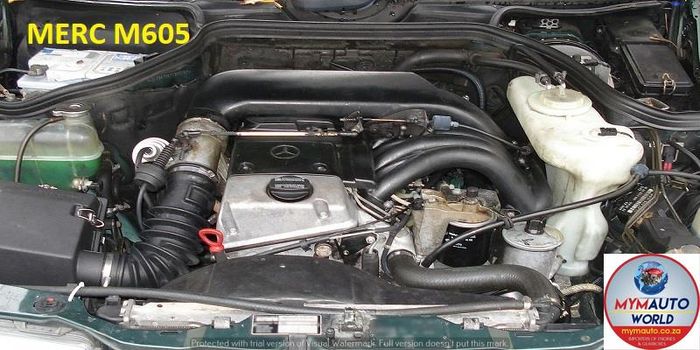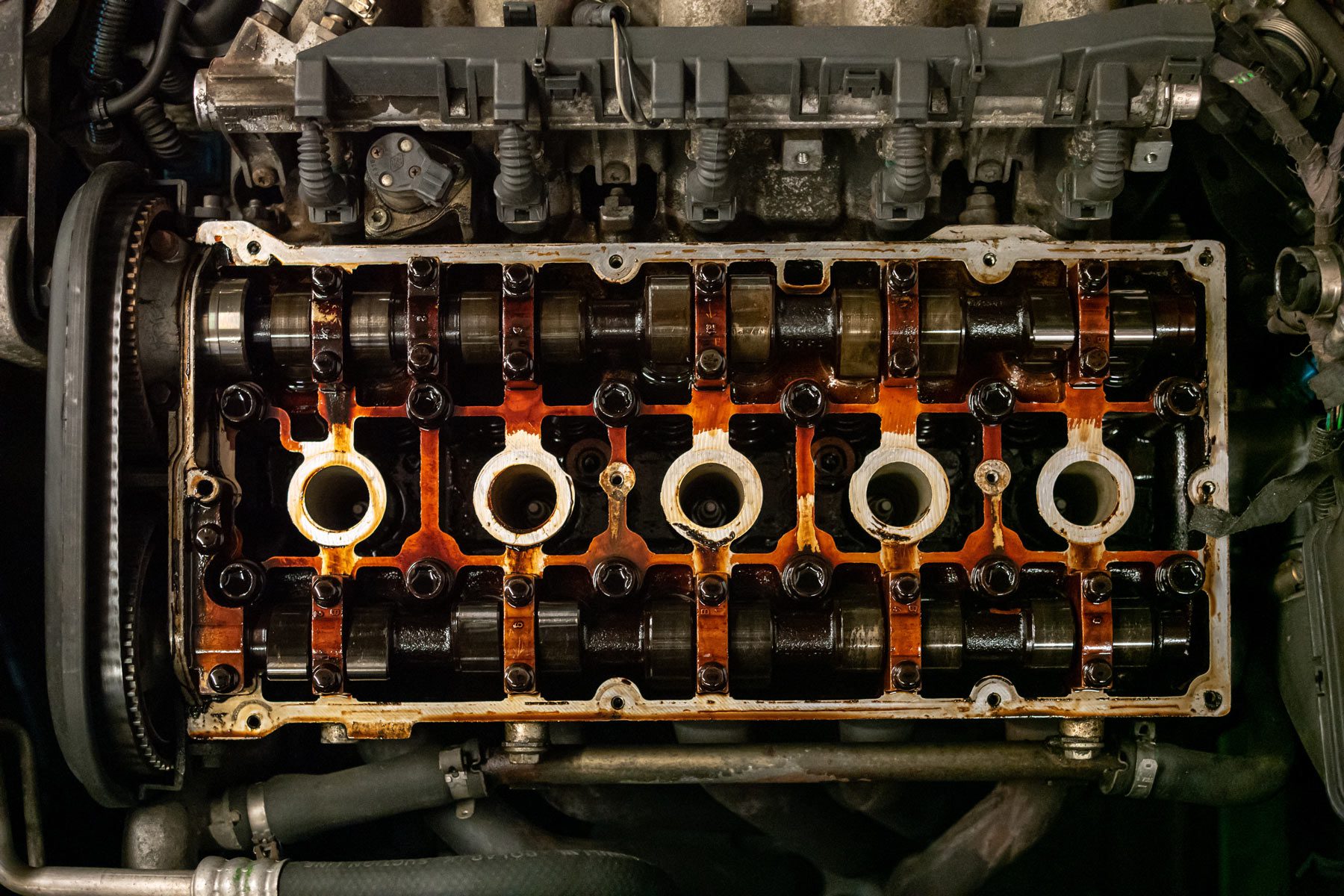Opel Corsa Engine: Top Tips for Upkeep and Care
Opel Corsa Engine: Top Tips for Upkeep and Care
Blog Article
Discovering the Inner Operation of a Compact Automobile's Engine System
As drivers, we typically take for given the intricate processes that take place within the confines of our vehicle's engine system. In this exploration of a portable vehicle's engine system, we will certainly unravel the internal operations of this mechanical symphony, shedding light on the mysteries that drive us onward on our daily trips.
Combustion Refine Summary
The burning procedure in a compact lorry's engine system is a critical system that successfully transforms fuel into energy to power the automobile. This process happens within the combustion chamber of the engine, where gas and air mix, fire up, and generate regulated surges. The combustion procedure consists of four main phases: consumption, exhaust, power, and compression.
Throughout the consumption stage, the piston relocates downward, pulling in a mixture of air and fuel into the combustion chamber. The next phase, compression, involves the piston moving upward, compressing the air-fuel mixture to increase its strength. Consequently, in the power stage, the spark plug stirs up the pressed combination, leading to a rapid development of gases that forces the piston pull back. This downward movement produces the power required to drive the automobile. In the exhaust phase, the burnt gases are expelled from the burning chamber via the exhaust valve, preparing the chamber for the next cycle. This cyclic combustion procedure is fundamental to the operation of a portable vehicle's engine system, making sure effective energy conversion for propulsion.
Piston and Cylinder Communication

The piston's specific fit within the cylinder is necessary for preserving ideal compression and protecting against energy loss during combustion. Limited clearances between the piston and cyndrical tube walls guarantee reliable securing, allowing the piston to move efficiently without permitting gases to leakage past. Proper lubrication is likewise essential to minimize rubbing and wear in between these components, boosting durability and performance.
Moreover, the style and products used in making the piston and cylinder influence engine performance and toughness. Modern engines typically employ lightweight yet long lasting products like light weight aluminum alloys for pistons and cyndrical tube liners to decrease inertia and boost thermal effectiveness. On the whole, the harmonious interaction in between the piston and cyndrical tube is basic to the engine's performance and overall efficiency.
Gas Injection System Functionality
Fuel shot systems in portable vehicle engines play an important duty in exactly delivering gas to the combustion chamber for regulated and reliable ignition. The fuel injection system operates by infusing fuel right into the burning chamber at the optimum moment throughout the engine's procedure (opel corsa engine). This precise timing makes certain that the gas blends uniformly with the air for appropriate burning, resulting in enhanced gas performance and decreased discharges
There are mainly 2 types of gas injection systems utilized in compact automobile engines: port fuel shot (PFI) and straight gas injection (DFI) PFI systems inject gas into the intake port prior to the intake valve, while DFI systems infuse gas straight into the combustion chamber. Both systems have their benefits, with DFI supplying far better gas atomization and PFI providing a more cost-effective service.
Recognizing Engine Air Conditioning Mechanisms
Reliable procedure of a portable lorry's engine relies greatly on the efficiency of its cooling mechanisms. Engine cooling is vital to stop getting too hot, which can cause significant damage and lowered performance. The cooling system in a small lorry normally includes numerous elements working with each other to manage the engine temperature. One critical component is the radiator, which utilizes coolant to soak up warmth from the engine. As the hot coolant streams through the radiator, it launches warm into the air, cooling before returning to the engine. The water pump distributes the coolant with the engine and radiator, guaranteeing a consistent flow to manage temperature. Additionally, the thermostat aids regulate the coolant flow to maintain optimal engine temperature. Some vehicles likewise have cooling followers that trigger when additional air conditioning is required, such as during rush hour or warm weather. Understanding these engine air conditioning devices is essential for preserving the efficiency and durability of a small automobile's engine system.

Exhaust System Components Explained
The ideal functioning of a small automobile's engine air conditioning mechanisms Full Report depends on a complementary system recognized as the exhaust system, which consists of different vital components for making sure efficient emissions and engine efficiency. The linked here exhaust manifold accumulates exhaust gases from the engine's courses and cyndrical tubes them to the catalytic converter.
One essential part of the exhaust system is the oxygen sensing unit, which checks the oxygen levels in the exhaust gases to help control gas usage and make certain ideal engine performance. opel corsa engine. In addition, the resonator might exist in some exhaust systems to lower sound levels. Overall, the exhaust system plays a crucial function in maintaining engine performance, reducing dangerous exhausts, and making sure a quieter driving experience for portable vehicle proprietors

Verdict
In final thought, the portable car's engine system is an intricate combination of parts that function with each other to facilitate the burning procedure, convert fuel into energy, and eliminate waste gases. Comprehending the internal functions of the engine system, consisting of the piston and cyndrical tube communication, fuel shot system, engine cooling devices, and exhaust system components, is important for maintaining optimal performance and efficiency of the lorry.
The burning procedure in a portable automobile's engine system is a crucial mechanism that successfully transforms fuel into power to power the vehicle.Gas injection systems in compact automobile engines play a critical role in exactly delivering you can try these out fuel to the combustion chamber for controlled and effective ignition.There are mostly two kinds of gas shot systems utilized in portable vehicle engines: port fuel injection (PFI) and direct fuel shot (DFI) Comprehending these engine air conditioning systems is important for keeping the performance and long life of a compact lorry's engine system.
The ideal performance of a compact lorry's engine air conditioning systems depends on a complementary system known as the exhaust system, which comprises various essential elements for making sure effective discharges and engine efficiency.
Report this page